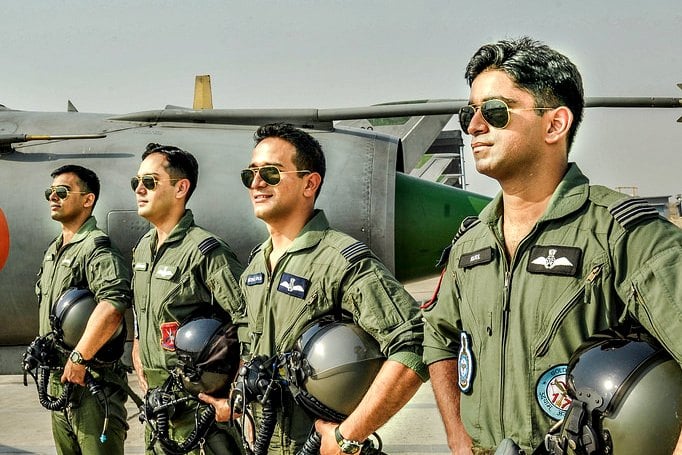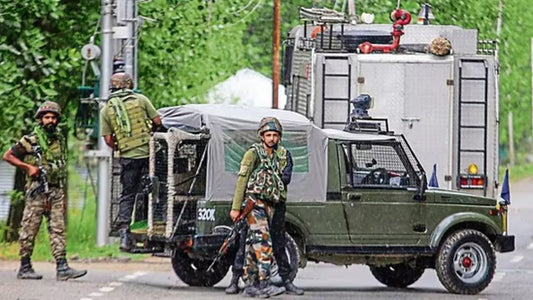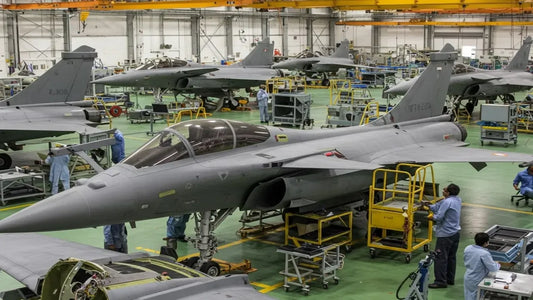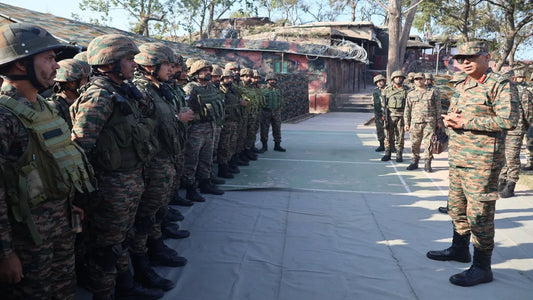Becoming a Fighter Pilot: Navigating the Indian Air Force Pathway

Aspiring to become a fighter pilot in the Indian Air Force (IAF) is a dream for many, driven by the allure of adventure and the prestige of serving the nation. The path to wearing pilot wings is marked by dedication, discipline, and a stringent selection and training process. This article provides a detailed overview of becoming a fighter pilot in the IAF, covering eligibility, training, and the realities of this esteemed career.
Historical Context
The Indian Air Force, with its origins in the Royal Indian Air Force during World War II, has a rich history marked by pivotal roles in conflicts and humanitarian missions. It has established Indian air supremacy, showcasing technological prowess. Fighter pilots are symbols of courage and resilience, responsible for national airspace protection and complex air operations. As the IAF modernizes, the demand for proficient fighter pilots continues to rise.
Pathways to Becoming a Fighter Pilot
There are several key routes to joining the IAF as a fighter pilot:
1. National Defence Academy (NDA)
- Eligibility: Open to males aged 16.5 to 19.5 years with a Class 12 certificate in Physics and Mathematics.
- Examination: Conducted by the Union Public Service Commission (UPSC), covering mathematics, general knowledge, and English.
2. Combined Defence Services (CDS)
- Eligibility: Graduates aged 19 to 24 years, with a background in Physics and Mathematics at the 10+2 level advantageous.
- Examination: The UPSC conducts the CDS exam, assessing English, general knowledge, and mathematics.
3. Air Force Common Admission Test (AFCAT)
- Eligibility: Graduates aged 20 to 24 years with Physics and Mathematics in Class 12 can apply.
- Examination: Held biannually by the Indian Air Force, testing English, Mathematics, and logical reasoning.
These pathways lead to a rigorous selection process designed to identify the most suitable candidates.
Selection Process
The selection process involves multiple assessments:
1. Written Examinations
After clearing entry exams (NDA, CDS, or AFCAT), candidates face extensive written tests. The AFCAT is particularly competitive, with numerous aspirants for limited slots.
2. Services Selection Board (SSB) Interview
The SSB interview is critical, spanning five days at an SSB center, and includes:
- Psychological Tests: Evaluating mental agility and personality for military service.
- Group Tasks: Assessing teamwork, leadership, and interpersonal skills.
- Personal Interview: Direct interaction with officers focusing on personal history and IAF motivation.
3. Medical Examination
Candidates must meet IAF's strict physical and medical standards, ensuring fitness for flying high-performance aircraft. Requirements include:
- Vision standards (e.g., 6/6 in one eye, 6/18 in the other).
- No severe medical history that could hinder flying duties.
4. Pilot Aptitude Battery Test (PABT)
This test evaluates cognitive abilities, hand-eye coordination, and spatial awareness through simulations, essential for aspiring pilots.
Training Process
Selected candidates head to the IAF’s Air Force Academy (AFA) in Hyderabad for intensive training.
1. Initial Training
- Duration: About 18 months.
- Focus: Military discipline, physical fitness, navigation, and basic combat skills.
- Activities: Physical training, classroom instruction on flying, and simulator use.
This phase builds foundational skills, emphasizing teamwork and IAF values.
2. Advanced Flying Training
Candidates specialize in flying after initial training:
- Duration: Varies by aircraft type.
- Training Aircraft: Starts with basic machines like the Pilatus PC-7 Mk II, advancing to jets like the Kiran and the Hawk.
- Focus Areas: Tactical maneuvers, navigation, aerial combat, mission planning, and emergency procedures.
This stage prepares candidates for high-tech fighter jets, ensuring combat readiness.
Educational Qualifications
Education is crucial for eligibility:
- NDA Entry: Class 12 with Physics and Mathematics required.
- CDS and AFCAT Entry: A graduate degree is needed, with Physics and Mathematics typically required at Class 12 for the flying branch.
Salary and Benefits
A career as a fighter pilot is prestigious, offering competitive pay and benefits:
- Initial Salary: Trainees earn about ₹56,100 monthly. Upon commissioning as a Flying Officer, basic pay starts at ₹56,100, with additional entitlements such as:
- Military Service Pay (MSP) of ₹15,500
- Flying allowance of ₹25,000
Total Earnings: Including allowances, starting salaries can exceed ₹1,20,000 monthly.
Annual Salary: Typically ranges from ₹18,00,000 to ₹30,00,000, varying by rank and duties.
Benefits include housing, education allowances, and special duty pay, reflecting the respect for armed forces service.
Case Studies and Real-World Applications
Real-life stories, such as Group Captain Abhinandan Varthaman’s role in the Balakot incident, showcase the courage and professionalism required of IAF pilots, underscoring the need for quick decision-making in high-pressure scenarios.
Challenges and Solutions
The path of a fighter pilot is challenging, marked by competition and demanding training. High attrition rates during selection processes like PABT and SSB can be discouraging.
- Solution: Comprehensive preparation with resources like SSBCrack and SSBCrackExams can equip aspirants to succeed in assessments.
Mental resilience is essential for handling stressful missions. Awareness programs within military structures support mental well-being for pilots.
Future Trends and Predictions
As technology evolves, the role of fighter pilots will adapt, integrating unmanned aerial vehicles (UAVs) and artificial intelligence. Future pilots must master new systems alongside traditional flying skills. The IAF remains at the forefront of aerial combat, evolving training methodologies to meet new demands.
Conclusion
Becoming a fighter pilot in the Indian Air Force is a journey of discipline, resilience, and courage. The comprehensive selection process and rigorous training at the Air Force Academy prepare candidates for the demands and rewards of this career. Beyond flying, it offers prestige, significant benefits, and the honor of serving the nation.
Aspiring pilots must be well-prepared academically and physically. Utilizing resources like SSBCrack can enhance success chances in this noble pursuit. The skies await the next generation of pilots ready to protect Indian airspace. Are you ready to take flight?



















